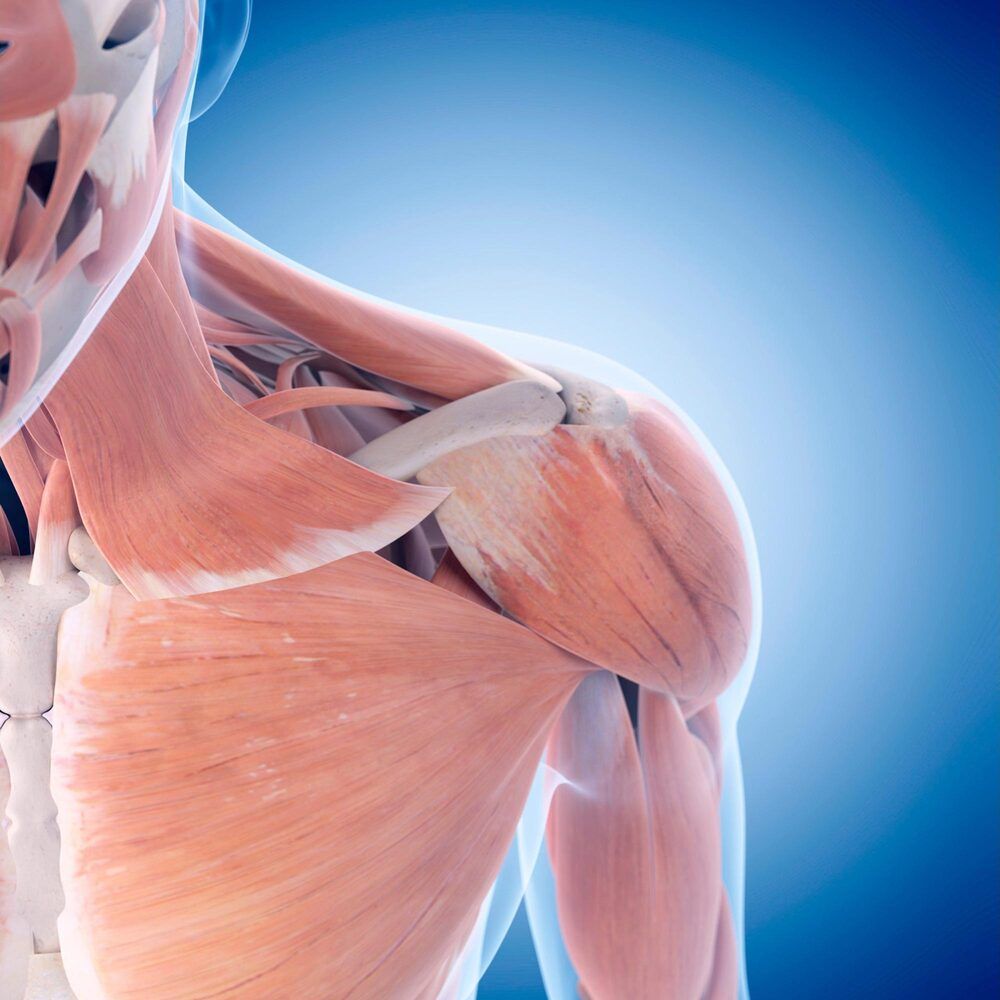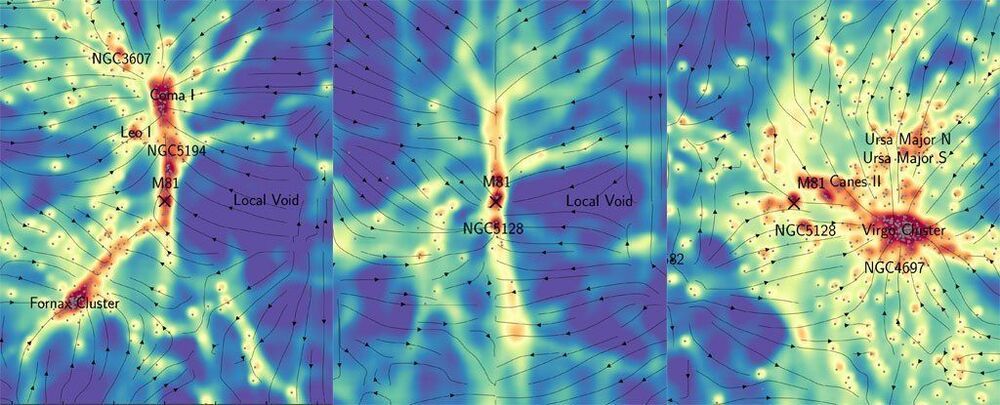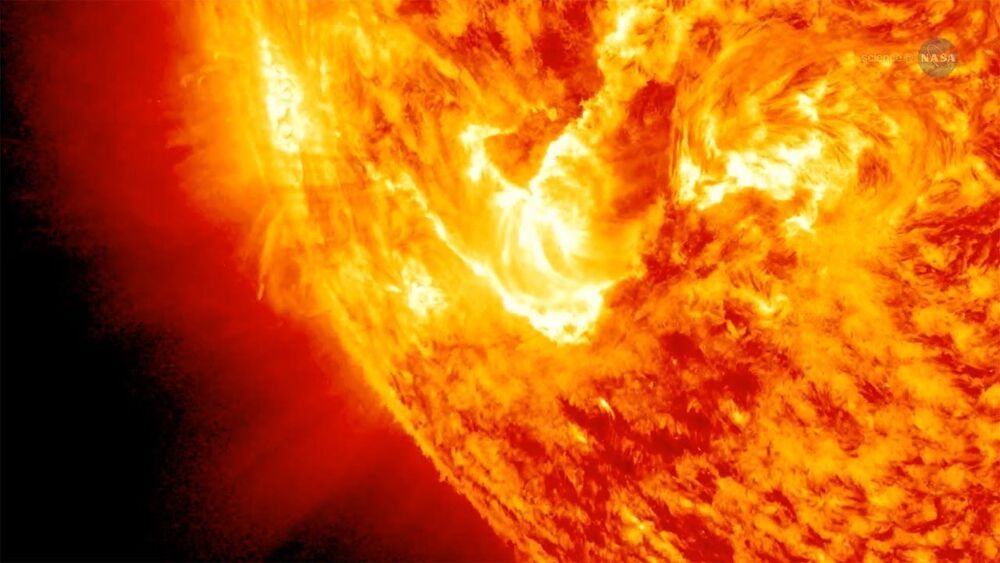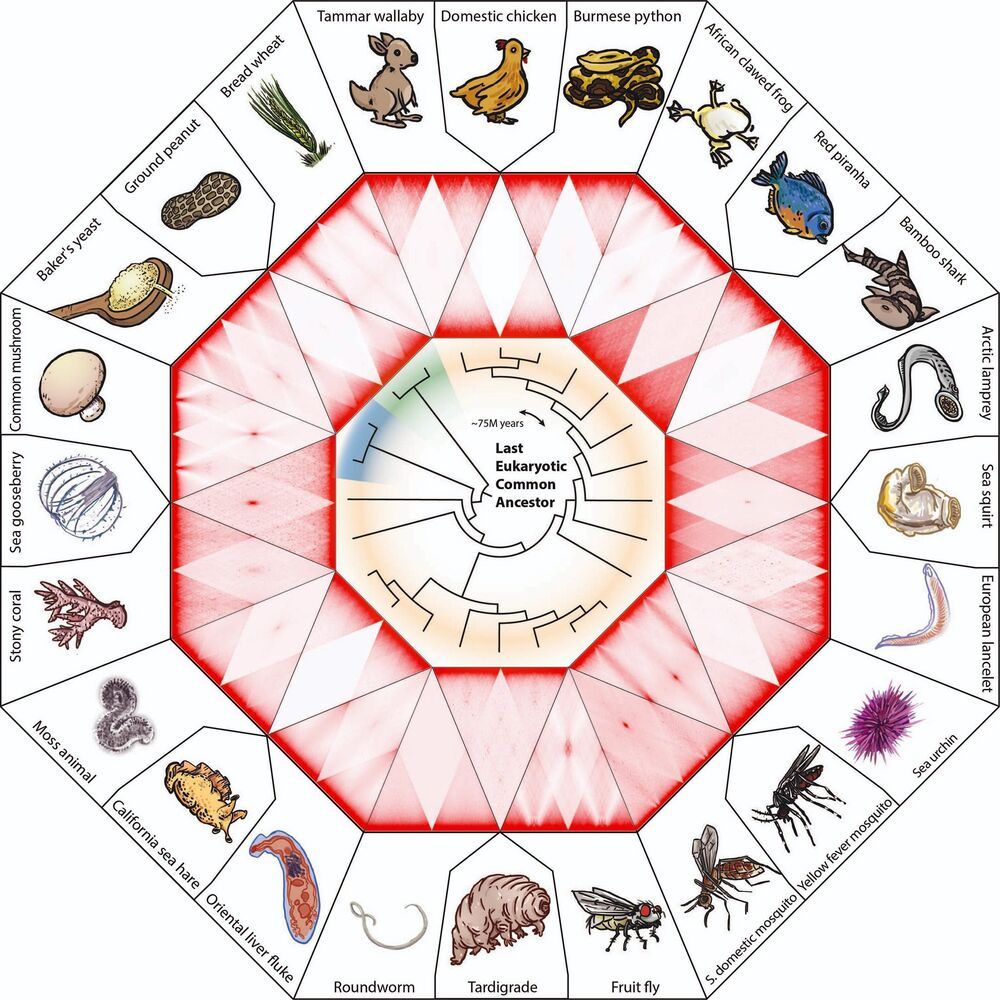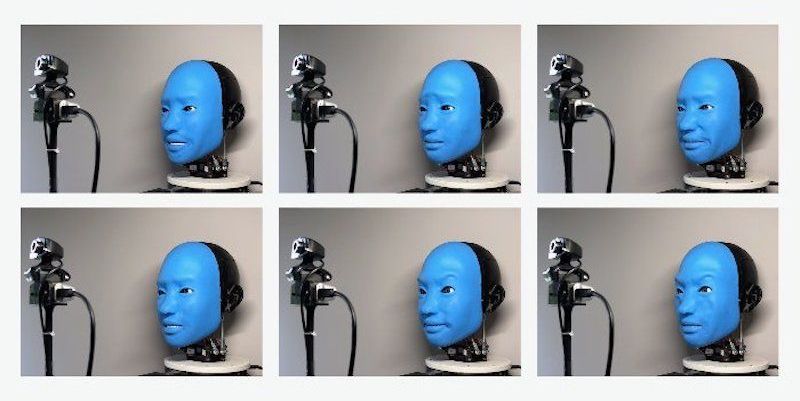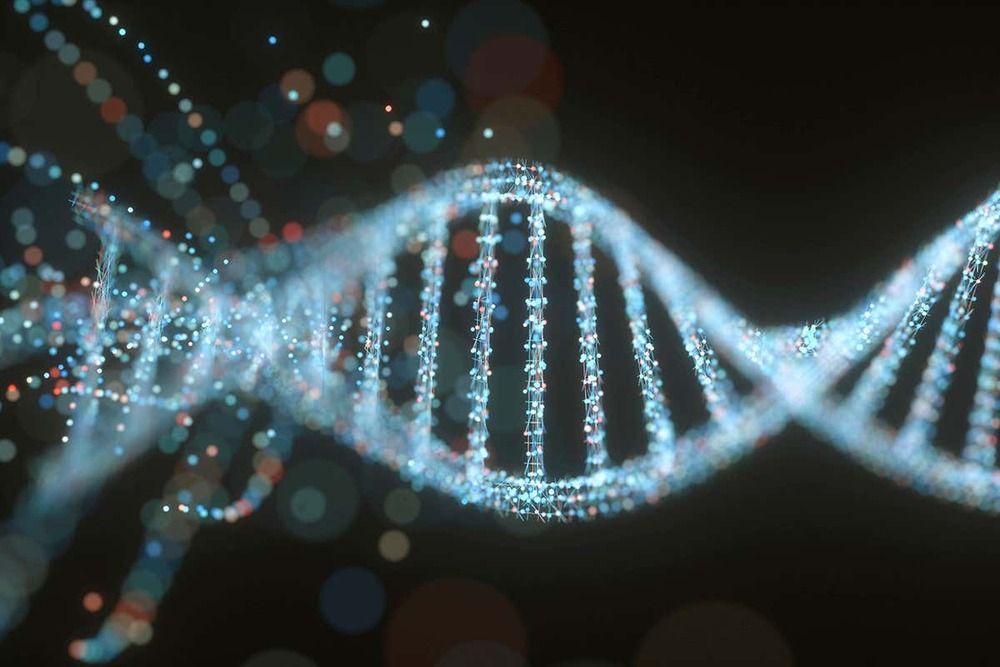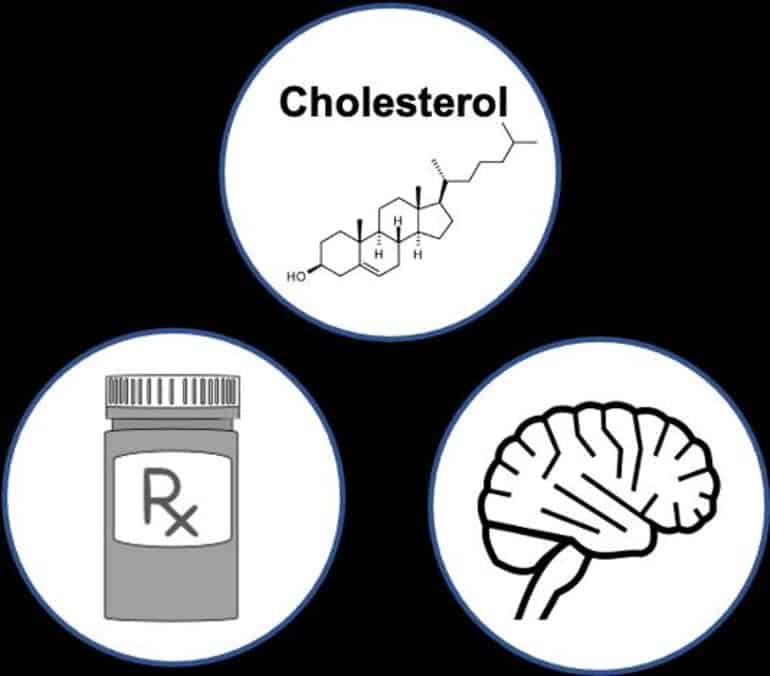May 29, 2021
New Research Shows How to Boost Muscle Regeneration and Rebuild Tissue
Posted by Jason Blain in categories: biotech/medical, life extension
In the myofiber-specific model, they found that adding the Yamanaka factors accelerated muscle regeneration in mice by reducing the levels of a protein called Wnt4 in the niche, which in turn activated the satellite cells.
Salk research reveals clues about molecular changes underlying muscle loss tied to aging.
One of the many effects of aging is loss of muscle mass, which contributes to disability in older people. To counter this loss, scientists at the Salk Institute are studying ways to accelerate the regeneration of muscle tissue, using a combination of molecular compounds that are commonly used in stem-cell research.
Continue reading “New Research Shows How to Boost Muscle Regeneration and Rebuild Tissue” »
